
The companies are collaborating on the commercialization of two biosimilar candidates in the US and Canada.

The companies are collaborating on the commercialization of two biosimilar candidates in the US and Canada.

Allergan entered into a licensing agreement with AstraZeneca for MEDI2070, an anti-IL-23 monoclonal antibody in phase IIB development for the treatment of patients with moderate-to-severe Crohn’s disease.

he guidance addresses the good manufacturing practice for managing quality in APIs.
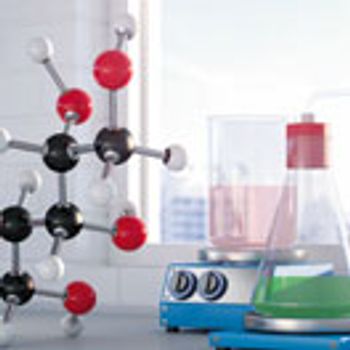
High-purity low-endotoxin sugars improve robustness and stability of protein formulation and improve drug product quality.

Multiparticulates are increasingly used due to their flexibility in providing controlled-release, fixed-dose combinations, ease of taste-masking, and suitability for pediatric applications

Challenging molecules and markets are driving the development of new solutions for drug delivery.
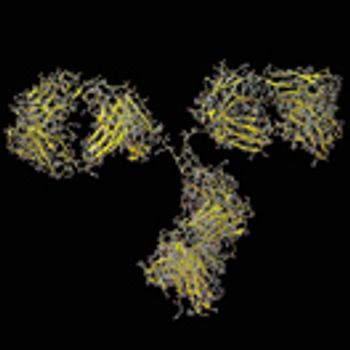
An approach to stabilize PBS-based formulations could provide a simple physiological solution for use of proteins in research, preclinical, diagnostics, and clinical studies, as well as commercial biotherapeutic products.
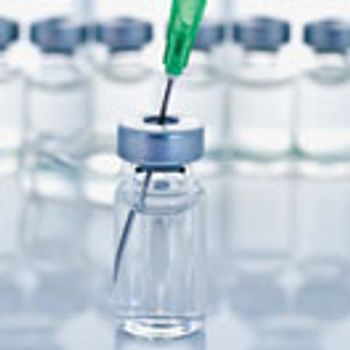
Improvements to aseptic manufacturing procedures are long overdue. But how feasible is it for manufacturers to modernize fill lines of legacy products?
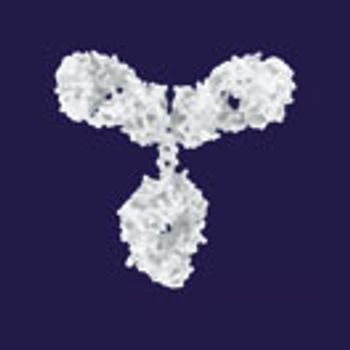
This study offers a strategy for stabilization of biotherapeutics for long-term frozen storage in PBS-based formulations.

Steep price increases for a popular drug have created patient and Congressional backlash.
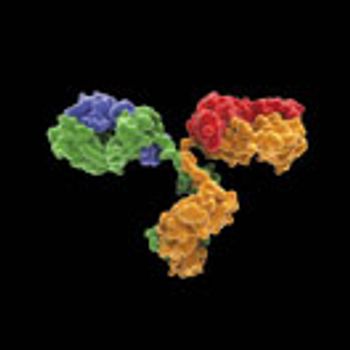
The study demonstrates a systematic approach to stabilize PBS-formulated mAbs against freeze-thaw degradation.

Amgen discussed the drug-delivery approaches to two of its biologics in a recent second-quarter earnings call.

NIST’s monoclonal antibody reference material can be used as a standard for biopharmaceutical analytical quality control.

The mAb, in combination with lenalidomide and dexamethasone, or bortezomib and dexamethasone, was granted a Breakthrough Therapy Designation from FDA for the treatment of multiple myeloma.

The companies filed a BLA for romosozumab, an investigational monoclonal antibody for the treatment of osteoporosis.

A new study examines the oral delivery of protein drugs in plant cells and hypothesizes that the cold storage and transportation of biologics could someday be eliminated.

This new method uses inter-alpha inhibitors to promote attachment and long-term growth in stem cells.

The acquisition will give Bristol-Myers Squibb full rights to Cormorant’s HuMax-IL8 antibody program.

The authors present an overview of the types of RNA-based therapeutics in existence and their optimal methods of manufacture, purification, formulation, and delivery.

The author provides a review of the concepts of design and qualification that apply to single-use systems.
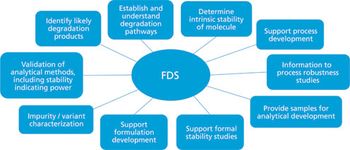
The author addresses critical issues to consider prior to performing forced degradation studies and provides best practice recommendations for these types of studies.

In a lawsuit against Celltrion, Janssen alleges the GE subsidiary infringed one of Janssen’s patents covering the method of making the cell-culture media that HyClone later supplied to Celltrion.
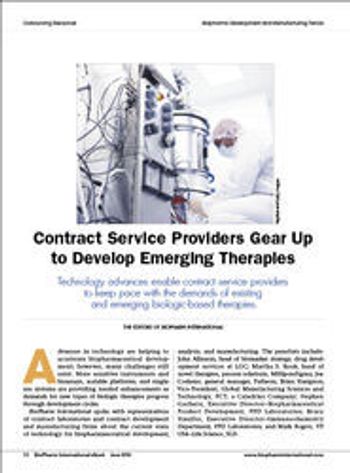
Technology advances enable contract service providers to keep pace with the demands of existing and emerging biologic-based therapies.
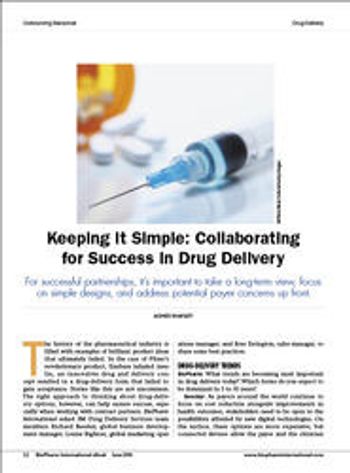
For successful drug delivery partnerships, it’s important to take a long-term view, focus on simple designs, and address potential payer concerns up front.

In Phase III clinical trials, ixekizumab showed to be superior to etanercept and placebo in treating moderate-to-severe plaque psoriasis.